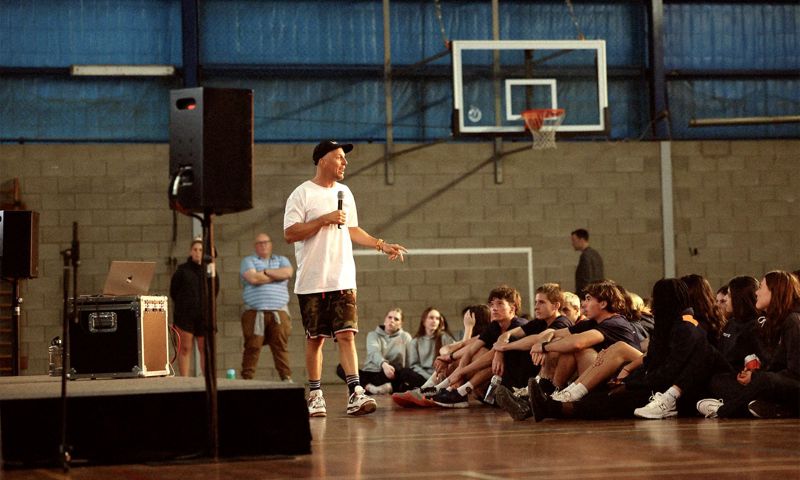Published 11 Feb 2025
In Australia, skin cancer is often referred to as a ‘national cancer’. While we’re lucky to have great weather and wide-open spaces, we also have the highest rate of skin cancer in the world, with two in three Australians on average being diagnosed with skin cancer over their lifetime.
Luckily, in addition to the SunSmart five steps for preventing skin cancer (Slip, Slop, Slap, Slide and Seek Shade), keeping an eye on your skin can be as simple as a regular self-check and speaking to your doctor if you see anything unusual.
What is skin cancer?
When skin cells are damaged or grow abnormally they can become cancerous. Damage to the cells can occur from overexposure to ultraviolet (UV) radiation from the sun.
The three most common skin cancer types are:
- basal cell carcinoma (BCC)
- squamous cell carcinoma (SCC)
- melanoma – the most dangerous form of skin cancer.
Learn more about the different types of skin cancers.
Early detection is key and it can start with you!
You are your own first line of defence when it comes to keeping your eye on any spots, moles and the look of your skin. Set yourself a reminder to check your skin regularly and visit your GP if you notice any:
- new spots or moles or any existing ones that change colour, shape or thickness over weeks or months
- small lumps that are pale, red or have a creamy pearl look
- any non-healing or crusty spots or sores.
The Cancer Council have a great guide for self-identification that you can use to check your skin at home.
The more quickly a skin cancer is found and treated, the better.
Self-checking for skin cancer
In addition to day-to-day glances at your face and body while brushing your teeth, moisturising or showering, taking the time to do a full-body self check is a great way to start monitoring your skin.
- Undress completely in a space with a mirror and good light
- Have a hand mirror handy to check hard to see spots, like your back. You can even use your phone to take a photo of these areas. Or, get a family member or friend to check the tricky bits for you.
- Make sure you check over your whole body, as skin cancers can occur in spots that don’t see the sun regularly.
- Start at your feet, checking the soles and between your toes and your toenails.
- Work your way up your legs, checking behind your knees
- Don’t forget between your fingers and fingernails

Unsure about a spot? Take a photo and if you notice any changes, make sure you make an appointment to show your GP.
Protect your skin all year round
Whether your exposure to sunlight each day is incidental (through the window of your car or quickly walking down the street) or prolonged (a day outside or trip to the beach), depending on the intensity of the UV rays, both types can cause damage to your skin. Learn more about UV radiation and the types of sun protection available.
Getting enough Vitamin D
In Australia, we’re lucky to get enough vitamin D exposure in a few minutes simply going about everyday tasks on a sunny day. Spending extra time in the sun can do more harm than simply ‘getting some vitamin D’. Evidence shows that prolonged sun exposure doesn’t continue to increase vitamin D and can do more harm than good. If you’re concerned about your vitamin D levels, speak to your GP and continue to follow the SunSmart principles when the UV index is 3 or above.
Want to find out more?
Visit the Cancer Council Australia website.



